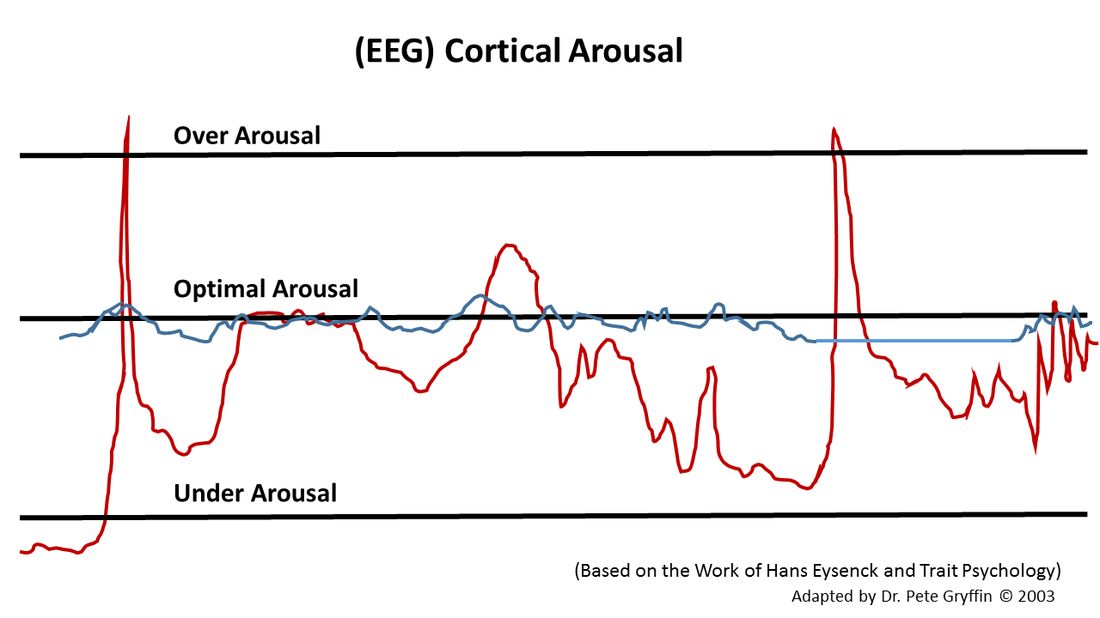Shi and colleagues conducted a study to investigate the effects of Tai Chi on the renal and cardiac functions of patients with chronic kidney and cardiovascular disease (“The Effects of Tai Chi on the Renal and Cardiac Functions of Patients with Chronic Kidney and Cardiovascular Diseases,” published in the Journal of Physical Therapy Science, vol. 26, issue 11, 2014). The study split the patients into two groups, one which would do Tai Chi for 30 minutes 3-5 times per week, and a control group which did not do Tai Chi. The control group experienced no change in baseline measurements, while the Tai Chi group experienced a significant improvement in all measures. Measurements included glomerular filtration rate, which is a measure of the patient's stage of kidney disease, serum creatinine level (used to estimate filtering capacity of the kidneys), triglyceride and cholesterol levels, as well as improvements in blood pressure and measures of cardiac function. The researchers concluded that Tai Chi may improve renal and cardiac functions through regulation of lipid metabolism. It is worth noting that they zeroed in on possible effects on metabolism. The term Metarobics for these exercises was chosen in part due to theoretical effects on enhanced metabolic functions.
Another study evaluated the effect of Tai Chi on the quality of life in hemodialysis patients (“The effect of tai chi exercise on quality of life in hemodialysis patients.” Iranian Journal of Nursing and Midwifery Research. 2014;19(2):152-158. The authors note that as a whole, exercise is beneficial for renal patients, but that most exercises are too vigorous for most patients. Twenty-five Hemodialysis patients participated in a one hour Tai Chi class each week for 12 weeks, and used a CD for home practice twice a week. By the end of the 12 weeks there was a statistically significant improvement in health and functioning, as well as in the quality of life domains. As is typical with most Tai Chi studies, participants were not using Tai Chi on a daily basis, yet experienced significant benefits. In many ways, this supports the need for experimental trails which investigate the effectiveness on severe chronic conditions which have shown mixed or no effects, such as a direct effect on cancer (benefits have been reported for pain and quality of life, but no statistically significant effect on cancer). Would increasing dosage to daily, or even multiple times a day, enhance Metarobic effects, and benefits for the targeted condition? The case stories I have collected support the need for such studies. Case stories can give hope, and point to potential effects, but cannot be evaluated for statistical significance, the gold standard of scientific research.

 RSS Feed
RSS Feed